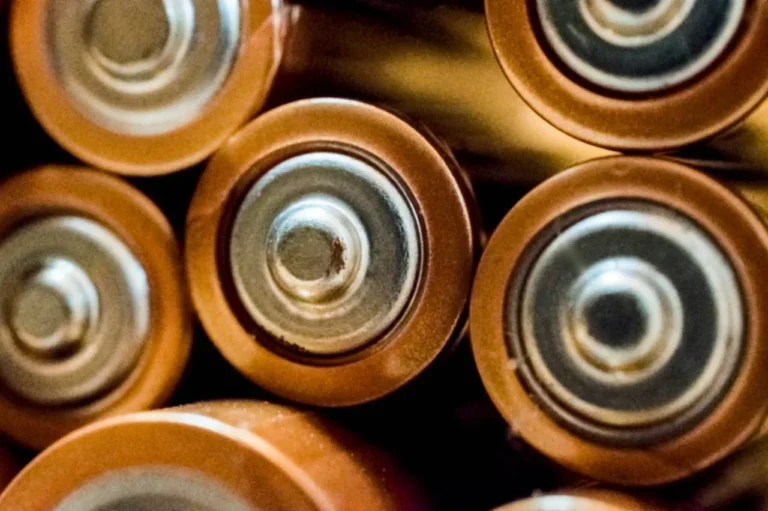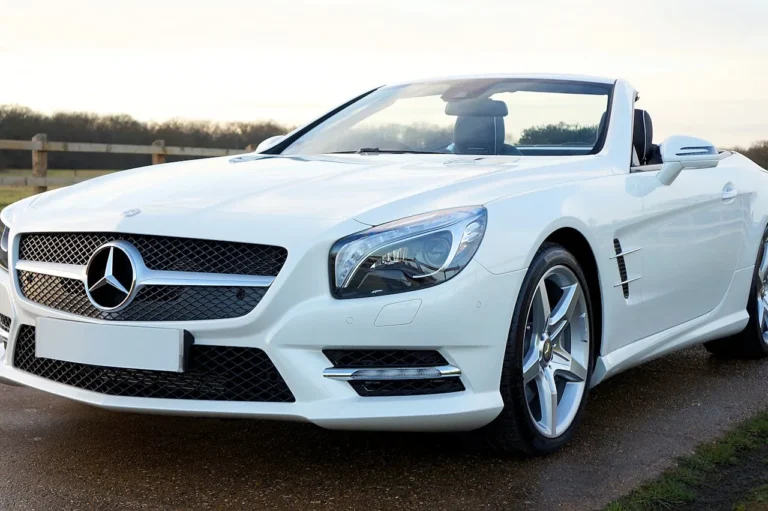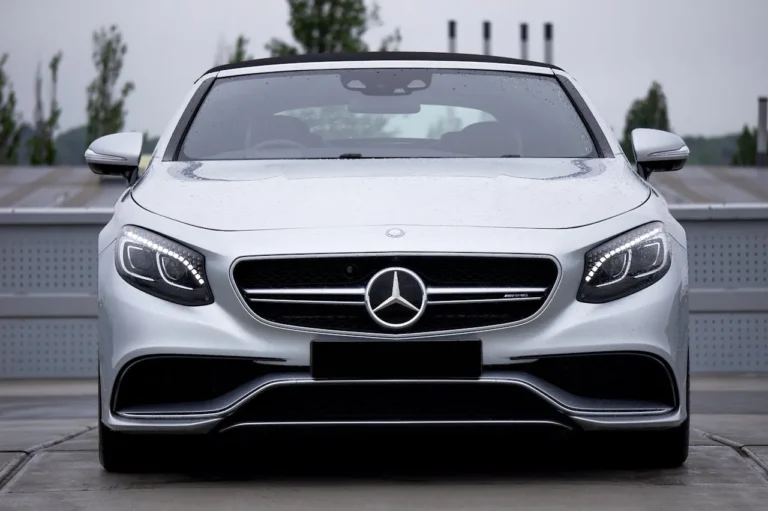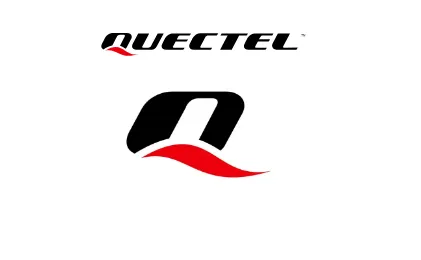
Strategic Analysis of Trump 2.0 Policies and Their Potential Impact on the Global Automotive Industry, 2025
The latest report titled “Strategic Analysis of Trump 2.0 Policies and Their Potential Impact on the Global Automotive Industry, 2025” has been released by ResearchAndMarkets.com. This comprehensive study evaluates how the policy direction of the second Trump administration is reshaping global trade, manufacturing strategies, and the competitive environment for automakers worldwide.
Introduction: A Pivotal Policy Moment for the Auto Industry
The U.S. automotive industry entered 2025 amid significant political and economic shifts. On March 26, 2025, President Donald Trump announced a sweeping 25% tariff on imports of passenger vehicles, light trucks, and key automotive components, including engines, transmissions, powertrain assemblies, and electrical parts. Complementing this move was the introduction of so-called “reciprocal tariffs,” beginning with a 10% blanket levy on nearly all goods imported from a wide array of trading partners.
Although some retaliatory tariffs were temporarily suspended, and exemptions were granted for United States-Mexico-Canada Agreement (USMCA)–compliant automakers, the foundation of the tariff regime remains intact. The objective is to protect American manufacturing, but the side effects are being felt globally across supply chains, trade flows, and consumer pricing.
Tariffs, Incentives, and the Electric Vehicle Setback
One of the defining shifts of Trump 2.0 policy has been its stance toward electrification. Government decisions to end EV purchase incentives, pause federal funding for charging infrastructure, and roll back clean energy mandates have created immediate headwinds for U.S. EV adoption.
This policy reversal is particularly challenging because U.S. EV manufacturers depend heavily on imported lithium-ion batteries and rare earth materials, most of which originate in China and Southeast Asia. Under the new tariff regime, the costs of these critical imports will rise, eroding margins and consumer affordability. Analysts project that this could stall EV growth in the United States for the next five years, just as Europe and China accelerate their electrification agendas.
In the short term, tariffs and reduced EV support could artificially extend the dominance of internal combustion engine (ICE) vehicles. However, experts caution that this comes at the expense of long-term competitiveness. By diverting capital from R&D into tariff mitigation and supply chain restructuring, U.S. automakers risk falling behind in transformative technologies such as electrification, autonomy, and advanced connectivity.
Consumer Impact: A Delayed Shock
To date, American consumers have not felt the full brunt of tariff-driven cost increases. Automakers have absorbed much of the burden through strategic pricing, discounting, and supply chain adjustments. Yet as margins tighten and competitive pressures diminish, the industry expects retail prices for vehicles and aftermarket parts to rise. The result could be higher vehicle MSRPs, increased maintenance costs, and lower affordability in a market already grappling with elevated interest rates and inflation.
Regionalization of Supply Chains
In response, automakers are reassessing their sourcing strategies and manufacturing footprints. A pronounced shift toward regionalized production networks is underway. By localizing supply chains in North America, automakers aim to reduce tariff exposure and safeguard competitiveness. This trend aligns with broader geopolitical efforts to reduce dependence on Chinese and overseas manufacturing while boosting U.S. job creation.
Macroeconomic Outlook: Baseline and Conservative Scenarios
The report outlines two forward-looking scenarios shaped by Trump 2.0 policies:
- Baseline Scenario:
A 25% tariff on Mexican and Canadian imports, combined with a 10% tariff on Chinese goods, accompanied by proportional retaliatory measures. Global GDP growth is projected to hold steady at around 3.2% to 3.3% annually through 2028, supported by resilient Asian emerging markets. - Conservative Scenario:
Escalation to 25%–35% tariffs on Canadian and Mexican imports, tariffs above 60% on Chinese goods, and blanket tariffs of 10%–20% on most imports. In this case, global growth could slow significantly, shaving 1.5 percentage points off GDP by 2028, pushing inflation beyond 6%, and potentially triggering multiquarter recessions in major economies such as the U.S., Canada, Germany, Mexico, and South Korea.
Key Market Impacts by Country
The report provides in-depth country-level analysis of how Trump 2.0 policies are influencing global automotive trade and production:
- Mexico: As a key hub for U.S. vehicle imports, Mexico faces serious challenges. Tariffs threaten its role as a primary exporter of light vehicles, transmissions, and assembly parts. Automakers with large Mexican operations are rethinking their footprints to avoid cost escalations.
- Canada: Canada’s strong integration into U.S. supply chains exposes it to significant risk. Vehicles and parts manufactured in Ontario face higher tariffs, impacting models heavily reliant on cross-border flows.
- China: Already a focal point of U.S. trade friction, China faces tariffs on vehicles and critical components. Given that many U.S. EV supply chains are dependent on Chinese battery and electronics production, automakers must seek costly alternatives.
- Germany: German automakers exporting luxury vehicles and high-value components to the U.S. are likely to see margins eroded. The focus is on whether Germany can deepen ties with non-U.S. markets to offset the losses.
- South Korea and Japan: Both nations are central suppliers of passenger vehicles and automotive electronics to the U.S. Tariffs risk dampening exports and could lead to production relocations.
Strategic Imperatives for Automakers
In light of the uncertainties, the report highlights three key growth opportunities for the automotive industry:
- Recalibrate the Supply Chain: Companies must diversify sourcing away from high-risk tariff zones, adopt nearshoring strategies, and invest in regionalized manufacturing to build resilience.
- Reassess Powertrain Strategies: With EV adoption facing policy headwinds in the U.S., automakers must balance continued ICE offerings with investments in hybrid and alternative powertrains to stay competitive globally.
- Focus on Innovation to Save Costs: Automation, AI-driven manufacturing, and digital platforms can help reduce costs and offset tariff-induced pressures, while keeping R&D pipelines alive.
Broader Implications
The analysis concludes that while Trump 2.0 policies may provide short-term protection for U.S. jobs and ICE vehicle competitiveness, they risk long-term damage to innovation, affordability, and global leadership in automotive technologies. Supply chains will continue to fragment, consumer costs are likely to rise, and investment in EVs may stagnate.
The report emphasizes that the global automotive industry is too interconnected to operate in isolation. Policy-driven disruptions in one country ripple across the entire ecosystem, affecting suppliers, OEMs, and consumers worldwide.
Report Structure
The study covers the following areas in detail:
- Global macroeconomic risks and opportunities from 2025–2028
- Tariff impact analysis on vehicle pricing, supply chains, and consumer markets
- Country-level deep dives into Mexico, Canada, China, Germany, South Korea, and Japan
- Strategic imperatives and growth opportunities for automakers
- Appendices outlining key executive orders, tariff scenarios, and case studies on models such as the Ford F-150 and Toyota Camry
The automotive sector is at an inflection point. Trump 2.0’s protectionist trade policies, rollback of EV support, and aggressive tariff agenda are reshaping the industry’s trajectory. While some domestic manufacturers may benefit in the near term, the long-term costs—reduced innovation, weaker EV competitiveness, and higher consumer prices—pose significant challenges.
For automakers, suppliers, and investors, navigating this new era will require strategic agility, proactive supply chain reconfiguration, and sustained commitment to innovation. The coming years will determine whether the U.S. strengthens or weakens its global automotive leadership under Trump 2.0.








